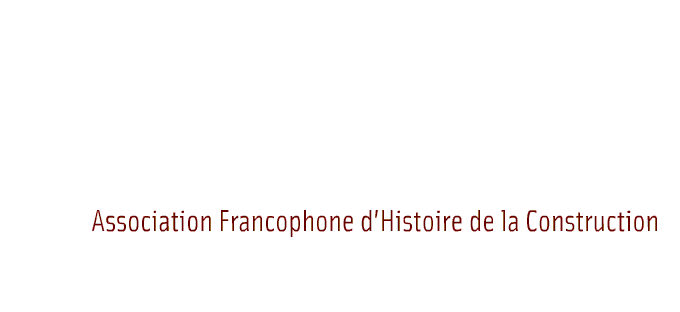Studying Historic Building Services
Call for Abstracts
Studying Historic Building Services
Histories of heat, light, water, acoustics and ventilation in buildings
CHS Annual Conference in collaboration with CIBSE and the Cambridge Faculty of Architecture
Queens’ College, Cambridge, 7-9 April 201
In his book ‘The Architecture of the Well-Tempered Environment’, Reyner Banham argued that the history of building services was marked by a transition from structural to mechanical approaches of environmental control. Whilst structural solutions had relied on the intelligent use of building form to achieve thermal comfort, lighting and ventilation in buildings, the development of mechanical building services had allowed environmental control to become less dependent on form.
The aim of this year’s Annual Construction History Society Conference to be held in collaboration with CIBSE from the 6-7 April 2018 is to explore the interrelationship between construction and services in the history of building technology. The first day of the conference will be devoted to papers that explore how questions of environmental design, such as lighting, water supply, sanitary provision, heating and ventilation and acoustics, have shaped the built environment. The aim is to provide a forum where scholars from a variety of disciplines can explore the history of buildings services from multiple perspectives. Topics might include but are not limited to:
• The evolution of building services and its effect on the way designers approached environmental design.
• The design methods used by engineers, architects or scientists in the development of building services.
• How designers in the past addressed the relationship between structure and services.
• The roles of the natural sciences in the development of past environmental technologies.
• The history of mechanical services and its close association with the development of mechanical engineering as a discipline. • Impact of building services on development of building construction.
• Influence of advances in construction technology on the history of building services.
This is a history conference. The review panel will only accept papers that are based on historical research or involve the study of historic technologies. Papers on building conservation, such as the retrofitting modern services into historic building, are not within the remit of this conference and will not be considered .
The second day of the conference will be open to papers on any aspect of the history of construction- see the general call for abstracts on the same CHS website.
Abstract submission
The first call is a call for abstracts. Abstracts should be 300-500 words max and should, include the full names, academic affiliation or employer, a description of the subject proposed, the sources to be used, and where it fits within or how it relates to the current literature on the topic, together with address and email contact details. Submissions should be made to chs@aha.cam.ac.uk. The submission date for the abstracts is 30 August 2017.
Process and Paper Submission
The abstracts will be peer-reviewed and the authors informed of the results by 30 October. The final paper must be submitted by 14 January 2018. Final papers will be 5000 words/30,000 characters and can include 10 images. The editors reserve the right to reject papers that do not meet the necessary standards at this stage.
Publication
Successful papers will be prepared for publication in February and printed in March. The proceedings are published as an edited book.
All final accepted papers must be presented at the conference by at least one of the authors
Papers will not be accepted by those who fail to pay the full registration fee and are not able to attend the conference. The conference runs from 6-7 April 2018 in Queens’ College, Cambridge. Please do not submit an abstract if you are unable to attend.


